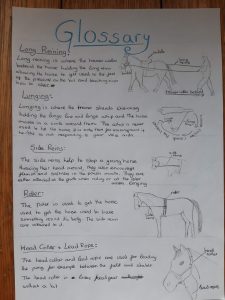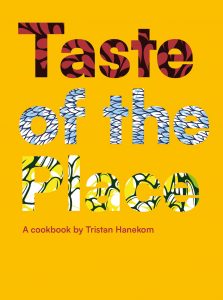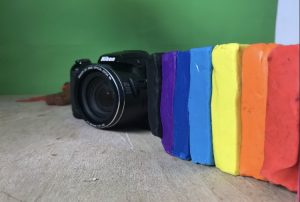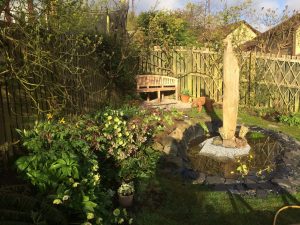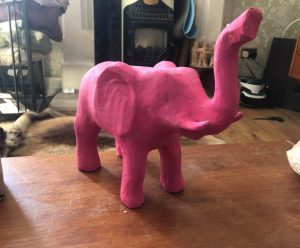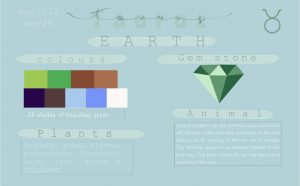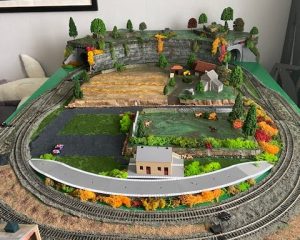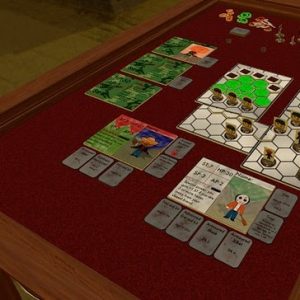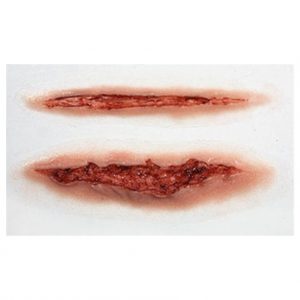An alternative educational passport navigates remote territory
May 15 2020
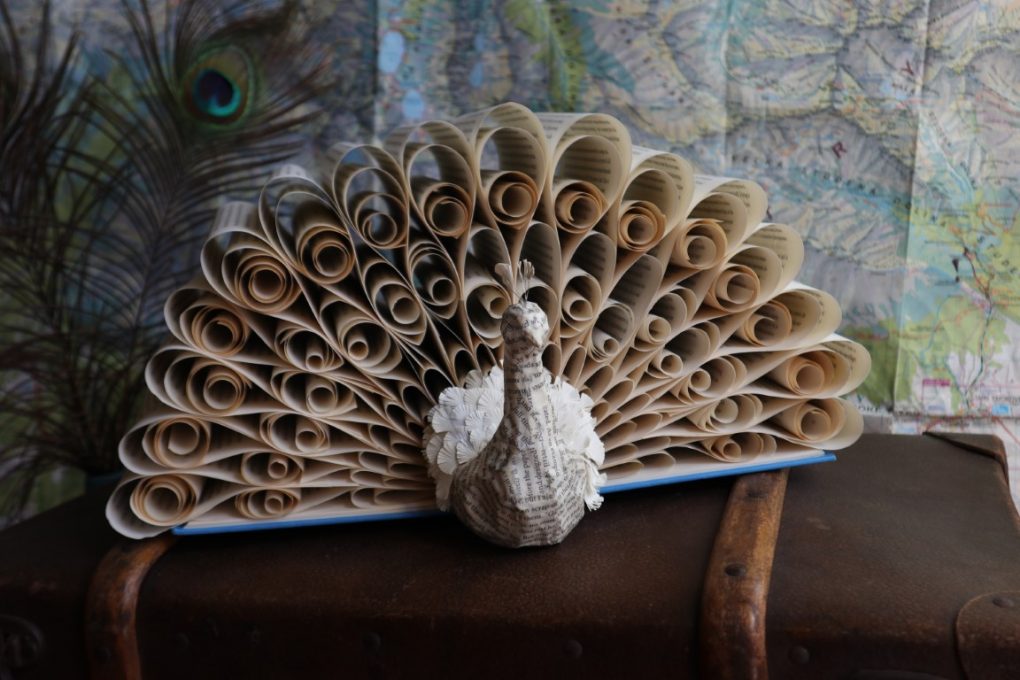
Class 8 pupils created a virtual exhibition, exhibited on a web page each pupil built from scratch.
Creativity is the natural condition of the human being, which can wither like an unused muscle or flourish and grow when well-exercised and nourished. This year 100% of Class 8 pupils opted to do the innovative Integrated Education (IE) Certificate. Derived from the international ACTS – Acknowledging Creative Thinking Skills – project, the portfolio-based qualification is traversing the move to individual home-classrooms with strength.
More amazingly, all of the pupils are a whole year younger than the specified age for this qualification and level of study, such is their capacity for focused, self-directed activity.
- Himika: Bharatanatyam An insight into an ancient Indian classical dance
- Tristan: A Taste of the Place Cooking and creating a South African Cookbook
- Nick: Frame by frame Stop-motion animation
- Amiya: Garden design I have landscaped and designed part of my garden
- Harvey: Hallucinations How and why our brains make us perceive things that aren’t there
- Bene: Interior design Designing my bedroom
- Katherine: Celestial bookmarks Zodiac inspired book marks
- Eve: Word and Paper: My journey through the world of book art
- Alyssa: My Architecture Journey : designing and building a Summer house
- Rory: Model Railway Building a model railway and landscape
- Caro: Special effects makeup Introspection into special effects makeup.
Since the start of the academic year, the 13-14 year old pupils have been working on their independent projects. These projects, which have been part of the curriculum since 1996, are of the students’ own choosing and done on their own steam. In ordinary circumstances they would put up an exhibition of their work in the school hall for other classes and the wider community to view the fruits of their labour. Part of this project involves an oral presentation of the process in the school hall to an audience of peers, parents and teachers. But during lockdown this is not possible.
Instead, pupils presented virtually; and have been learning how to build a web page from scratch to showcase their work to recreate the exhibition online. Class 8’s experience building their own website has taught them skills that tie in neatly with the school’s recent developments in improving our digital literacy provision. Their website is now live. To view their work, follow the link here. (2023 update: website no longer live).
The Class 8 independent projects will gain the students the first of two modules in the Integrated Education Level 2 Certificate, each module equivalent to a GCSE.
The home stretch
Against a backdrop of exam season for tens of thousands of pupils across Scotland, and the pressures of prelims being felt on campus, this time last year 8 pupils erected an exhibition, piloting The IE Certificate for the first time. They received top marks for their efforts, benchmarked at GCSE level.
Now in the Upper School, alongside their exam subjects Class 9 pupils Louis, Harris, Euan, Miranda and Maryam, joined by Cenk in Class 10, are working toward the second module: Creative Thinking Skills. With education moved remotely, the pupils are required to gather evidence for each of the learning outcomes needing to be met, pulling from their curriculum. The Learning Outcomes include:
1: Make connections between activities, knowledge and influences
2: Use different perspectives to make observations and draw conclusions
3: Communicate ideas or concepts for a specified purpose
4: Reflect on own perceptions and judgements
As part of a short Creative Thinking Skills Main Lesson the students were set the task of first listening to the TED Talk OKAY GO, on how creative minds work; and then to construct and film their own Rube Goldberg machine like video of their own.
In Miranda’s piece, she incorporates a surprising use of a dog, who catches the ball when it is released by domino-ing wellies and books. Maryam’s video also surprises by using a toy car with a sparkler attached to its bonnet, being lit by a candle at the end of the ‘chain reaction’.
There is a growing need for creative solutions to meet an ever-increasing array of social, political, economic and natural challenges, from disaffected youth to climate change, and yet there are fewer and fewer opportunities for young people to practise the necessary skillset they will need within the current assessment system. Employers, universities and global leaders in creativity are calling for the education sector to make an investment of effort now, so that pupils will have the inner tools that they need to meet these modern challenges.


